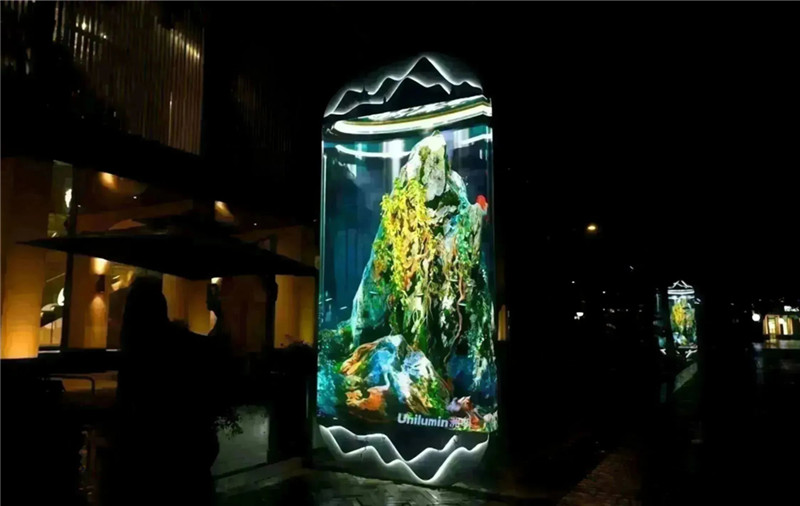Introduction
In recent years, Micro LED technology has attracted much attention from the display industry and has been regarded as a promising next-generation display technology. Micro LED is a new type of LED that is smaller than the traditional LED, with a size range of a few micrometers to several hundred micrometers. This technology has the advantages of high brightness, high contrast, low power consumption, and long life, which make it ideal for a wide range of applications. This paper aims to provide an overview of Micro LED technology, including its definition, development history, key manufacturing processes, technical challenges, applications, related companies, and future prospects.

Definition of Micro LED

Micro LED is a type of LED that is smaller than traditional LEDs, with a size ranging from a few micrometers to several hundred micrometers. The small size of Micro LED allows for high-density and high-resolution displays, which can provide vivid and dynamic images. Micro LED is a solid-state lighting source that uses light-emitting diodes to generate light. Unlike traditional LED displays, Micro LED displays are made up of individual Micro LEDs that are directly attached to the display substrate, eliminating the need for a backlight.
Development History
The development of Micro LED technology dates back to the 1990s, when researchers first proposed the idea of using Micro LED as a display technology. However, the technology was not commercially viable at the time due to the lack of efficient and cost-effective manufacturing processes. In recent years, with the rapid development of semiconductor technology and the increasing demand for high-performance displays, Micro LED technology has made great progress. Today, Micro LED technology has become a hot topic in the display industry, and many companies have invested heavily in the research and development of Micro LED technology.
Key Manufacturing Processes
The manufacture of Micro LED displays involves several key processes, including wafer fabrication, die separation, transfer, and encapsulation. Wafer fabrication involves the growth of LED materials on a wafer, followed by the formation of individual Micro LED devices. Die separation involves the separation of the Micro LED devices from the wafer. The transfer process involves the transfer of the Micro LED devices from the wafer to the display substrate. Finally, encapsulation involves the encapsulation of the Micro LED devices to protect them from environmental factors and to improve their reliability.
Technical Challenges
Despite the great potential of Micro LED technology, there are several technical challenges that need to be overcome before Micro LED can be widely adopted. One of the main challenges is the efficient transfer of Micro LED devices from the wafer to the display substrate. This process is critical to the manufacture of high-quality Micro LED displays, but it is also very difficult and requires high accuracy and precision. Another challenge is the encapsulation of Micro LED devices, which must protect the devices from environmental factors and improve their reliability. Other challenges include the improvement of brightness and color uniformity, the reduction of power consumption, and the development of more cost-effective manufacturing processes.
Applications of Micro LED
Micro LED technology has a wide range of potential applications, including consumer electronics, automotive, medical, and advertising. In the field of consumer electronics, Micro LED displays can be used in smartphones, laptops, televisions, and wearable devices, providing high-quality images with high brightness, high contrast, and low power consumption. In the automotive industry, Micro LED displays can be used in in-car displays, providing drivers with high-quality and high-resolution images. In the medical field, Micro LED displays can be used in endoscopy, providing doctors with clear and detailed images of the patient's internal organs. In the advertising industry, Micro LED displays can be used to create large, high-resolution displays for outdoor advertising, providing high-impact visual experiences.
Post time: Nov-09-2023

